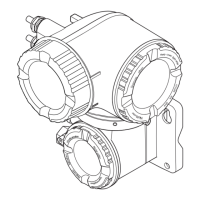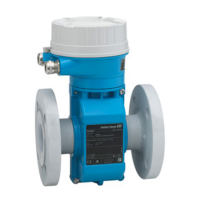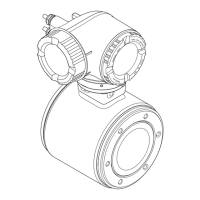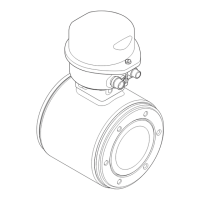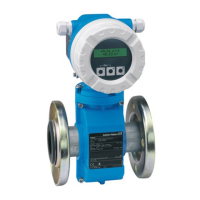What could be the issue with operating Endress+Hauser Measuring Instruments with FieldCare or DeviceCare via CDI-RJ45 service interface (port 8000)?
- Eelizabeth03Sep 10, 2025
If you're experiencing issues operating with FieldCare or DeviceCare via the CDI-RJ45 service interface (port 8000), the firewall of your computer or network might be preventing communication. Depending on the firewall settings, it may need to be adapted or disabled to allow FieldCare/DeviceCare access.
